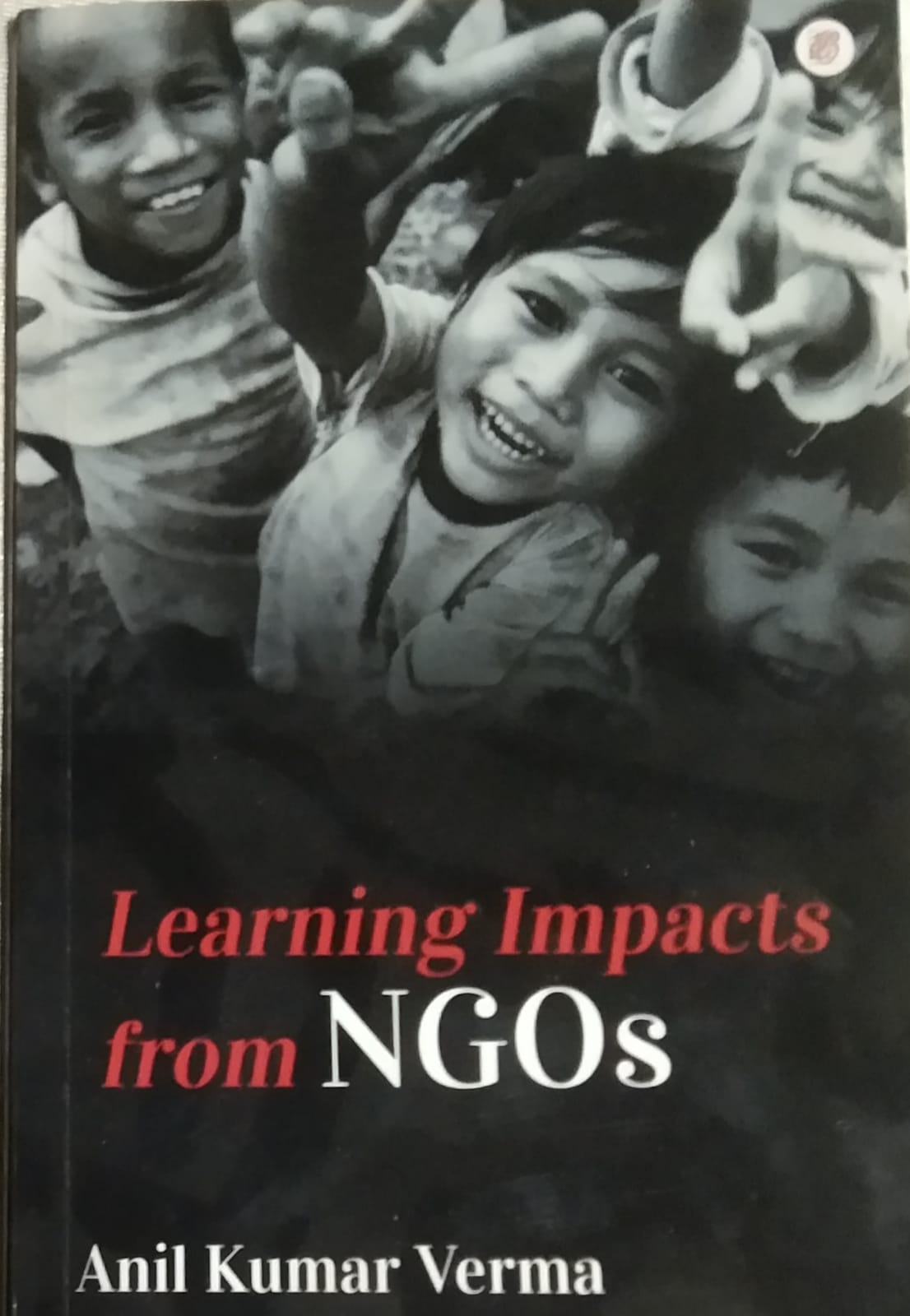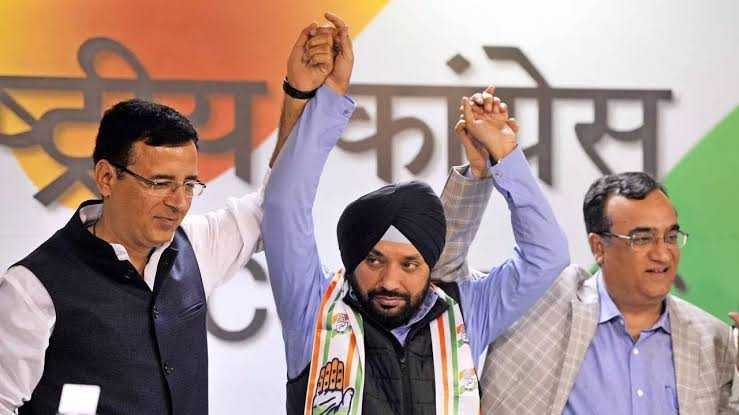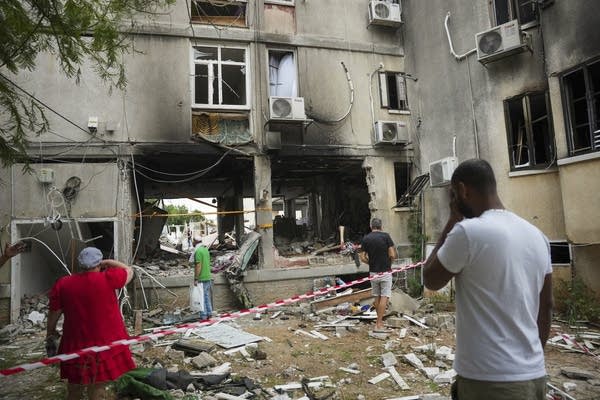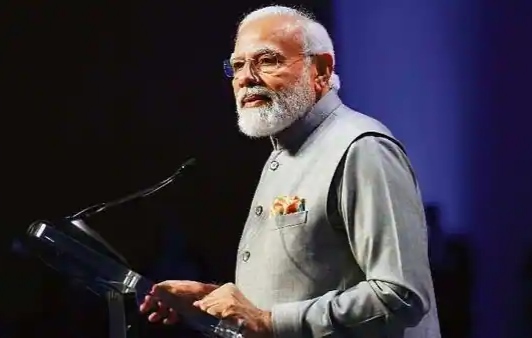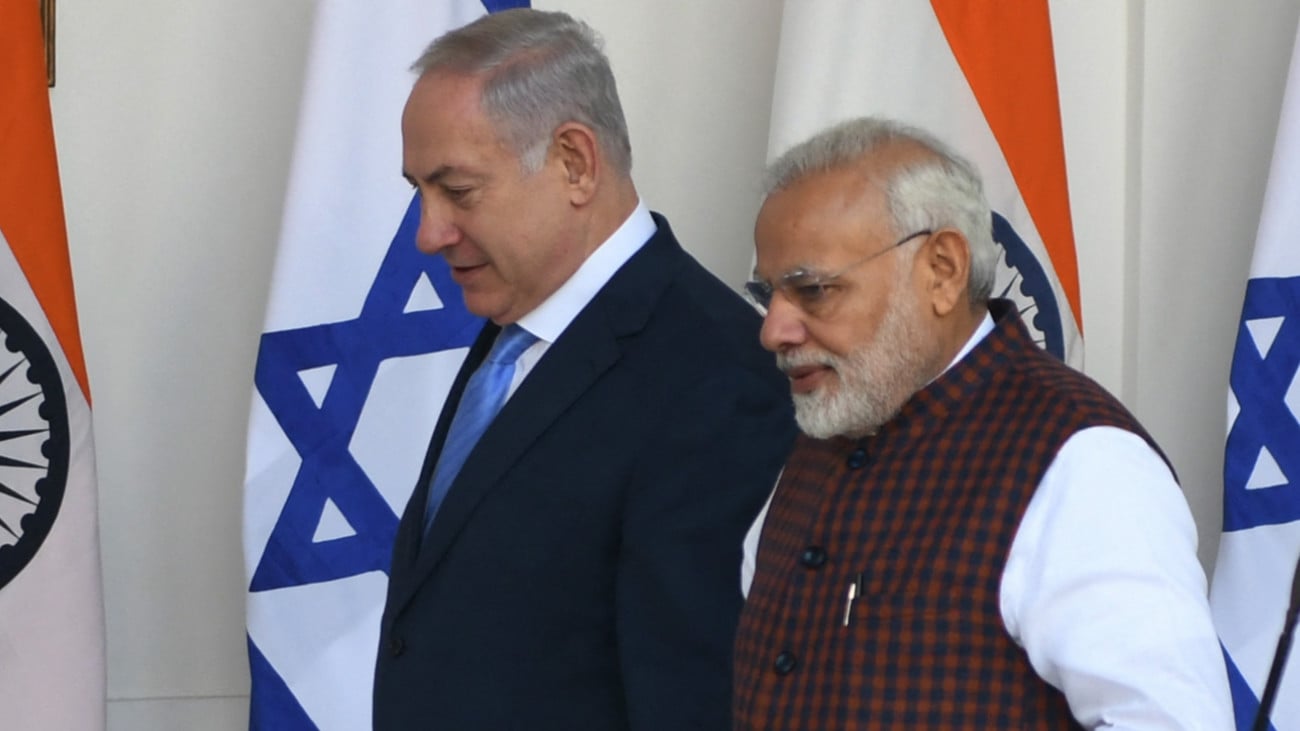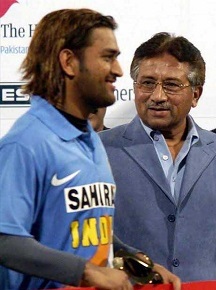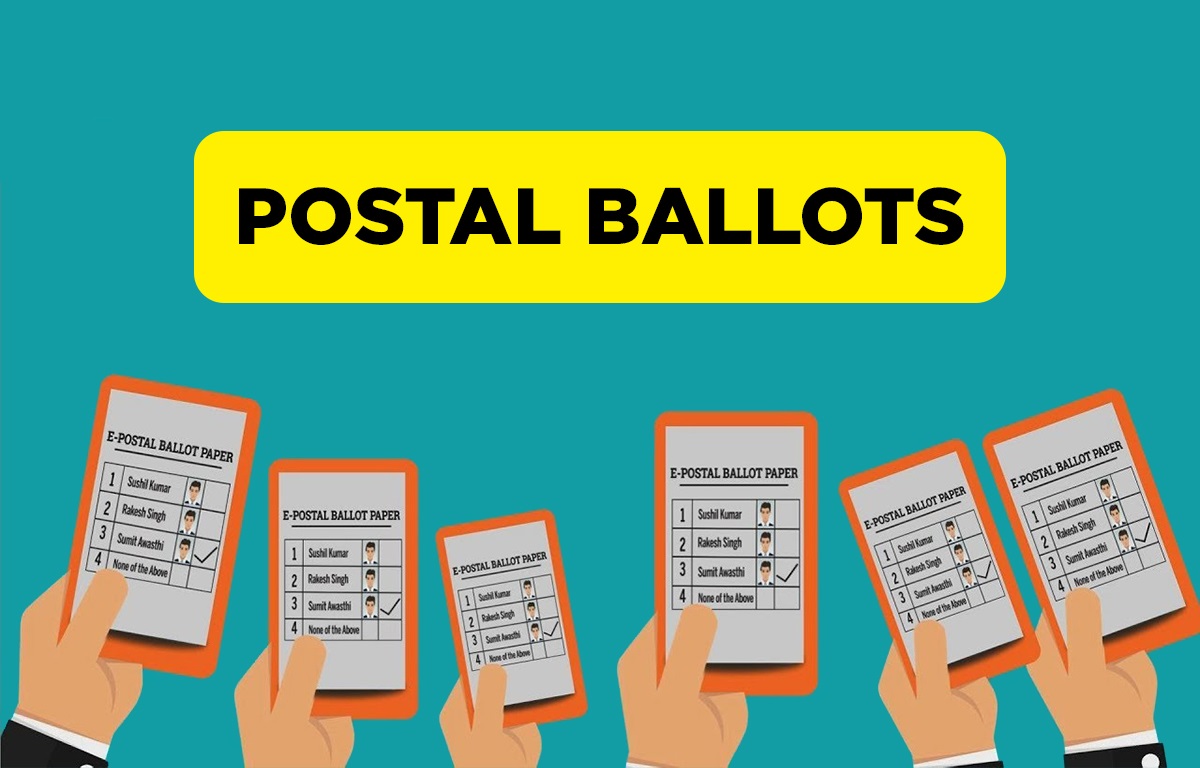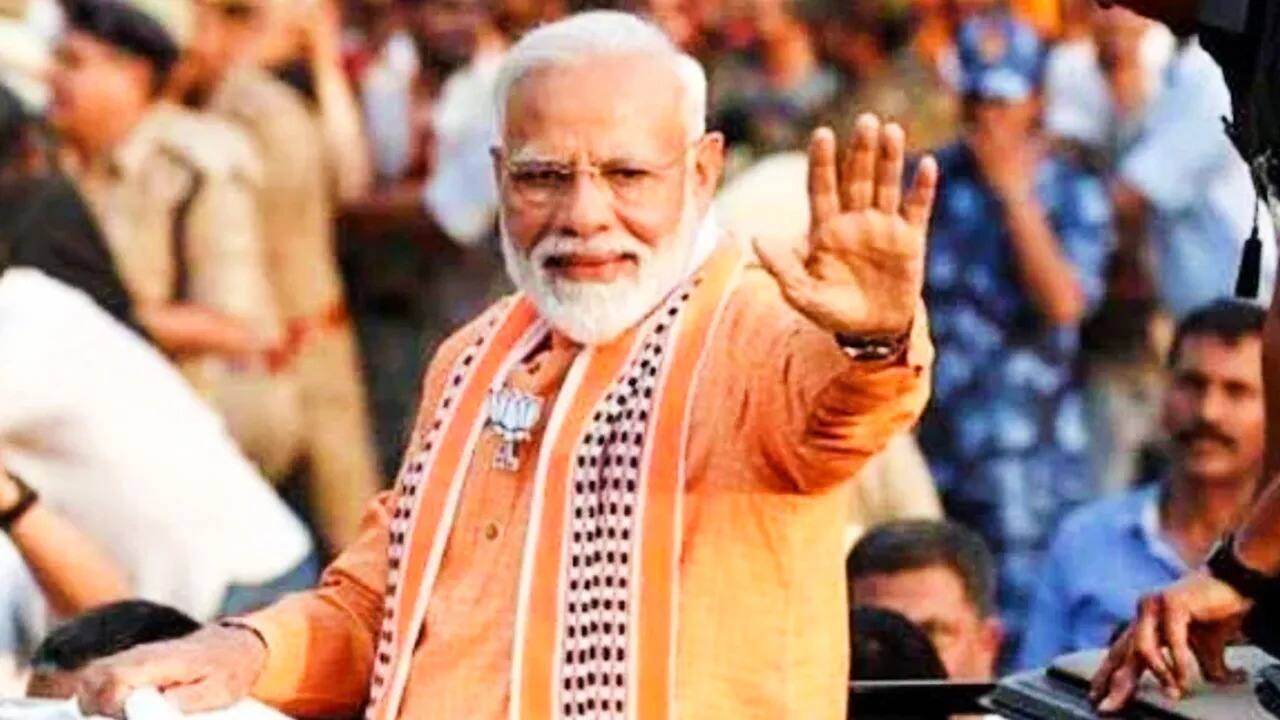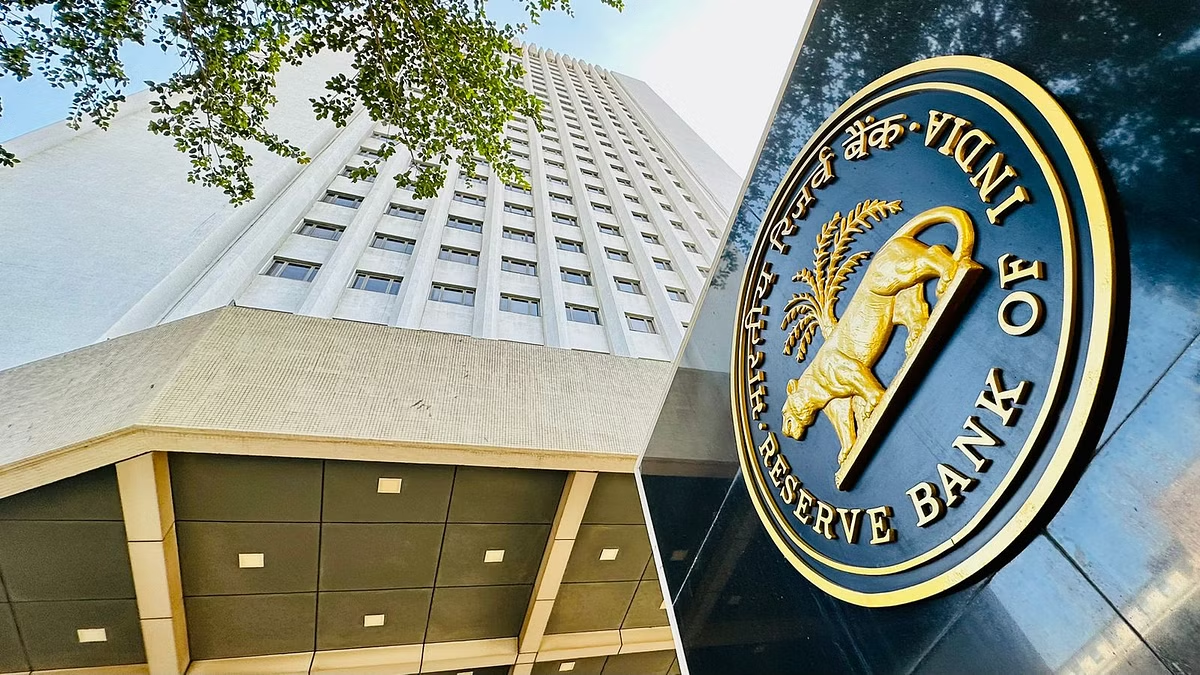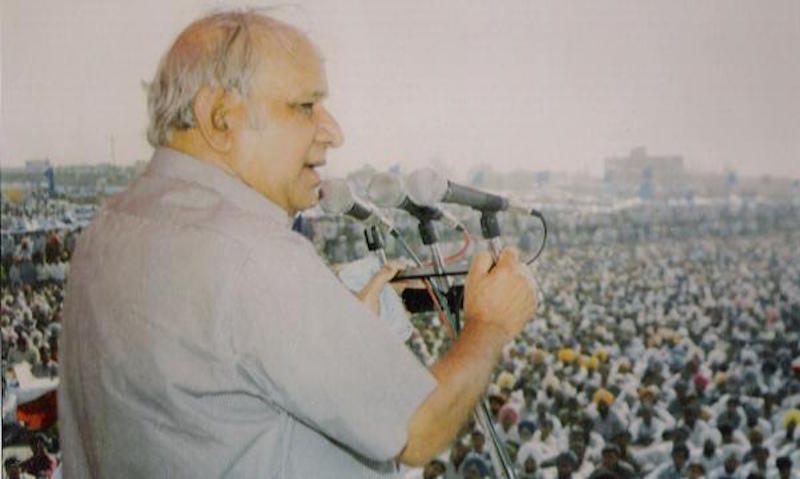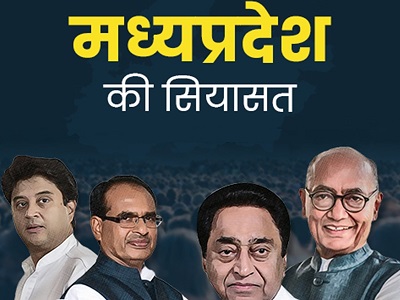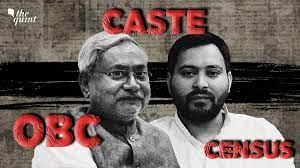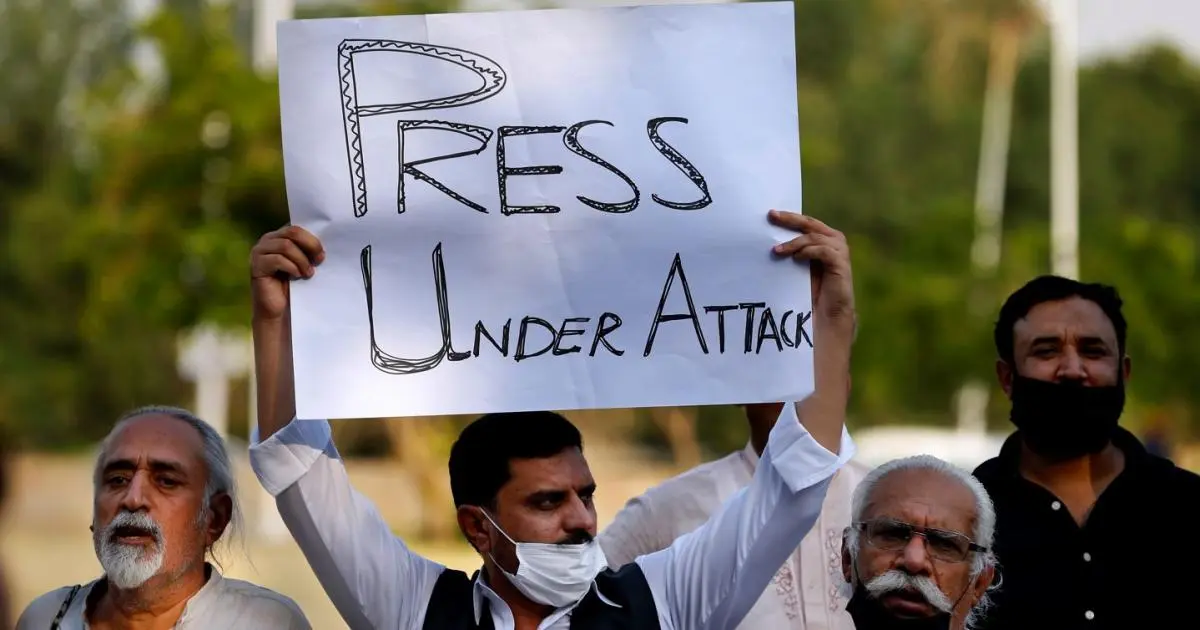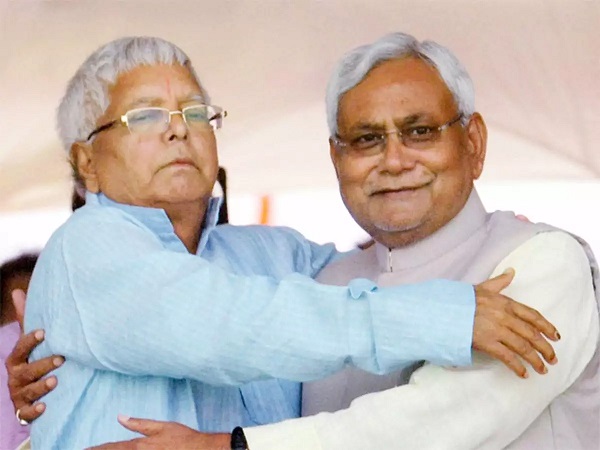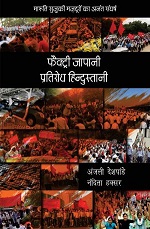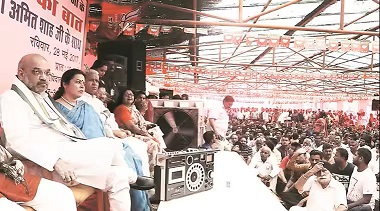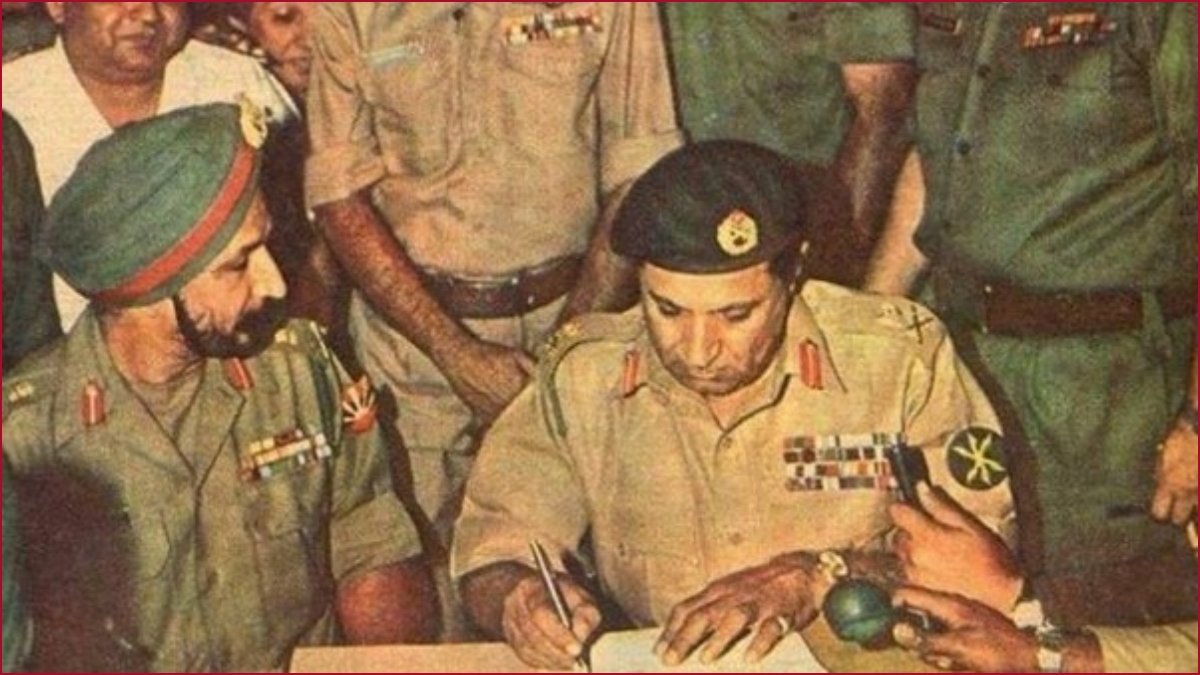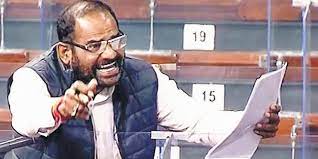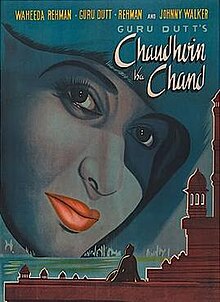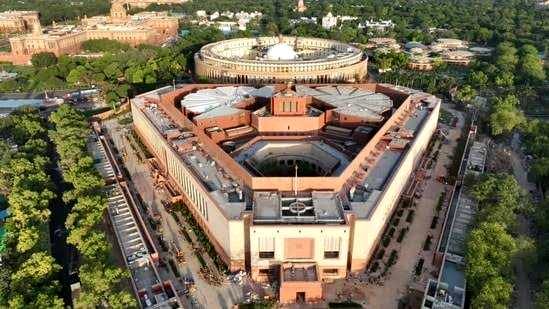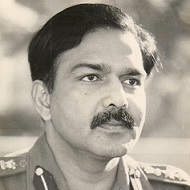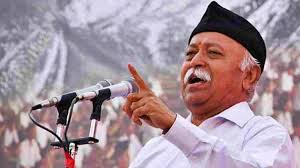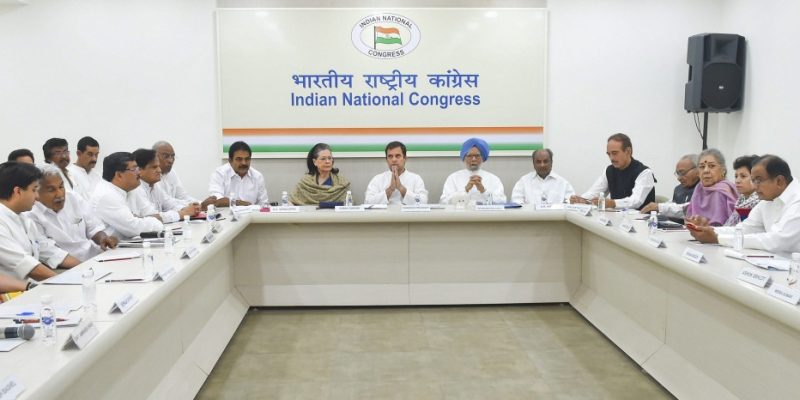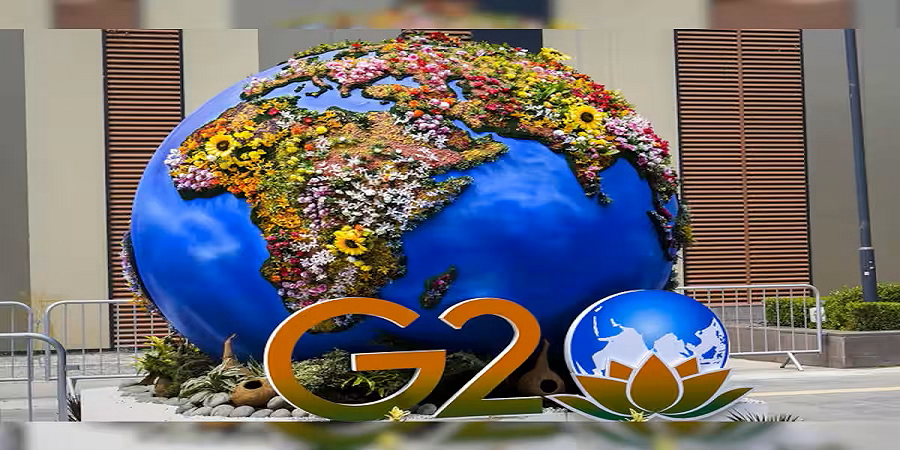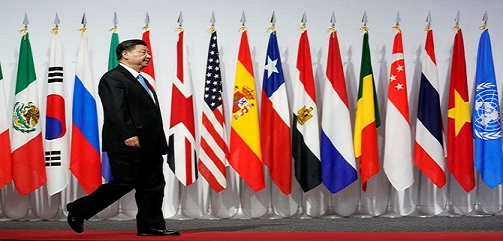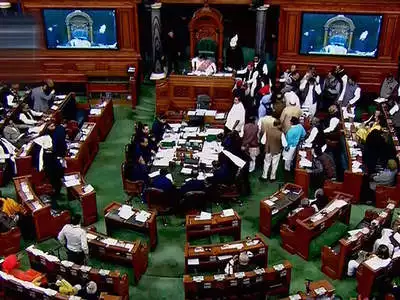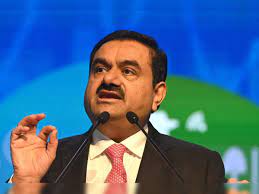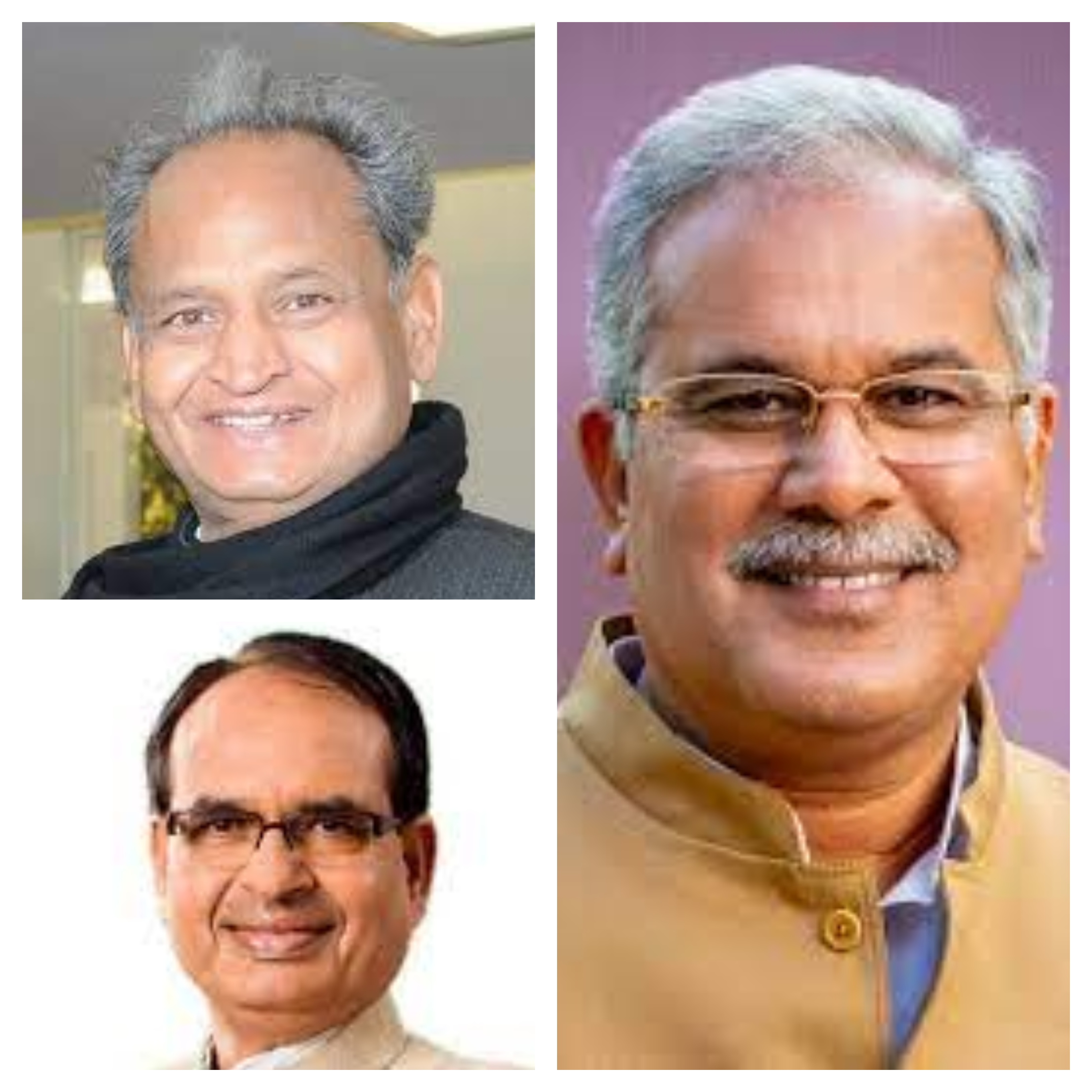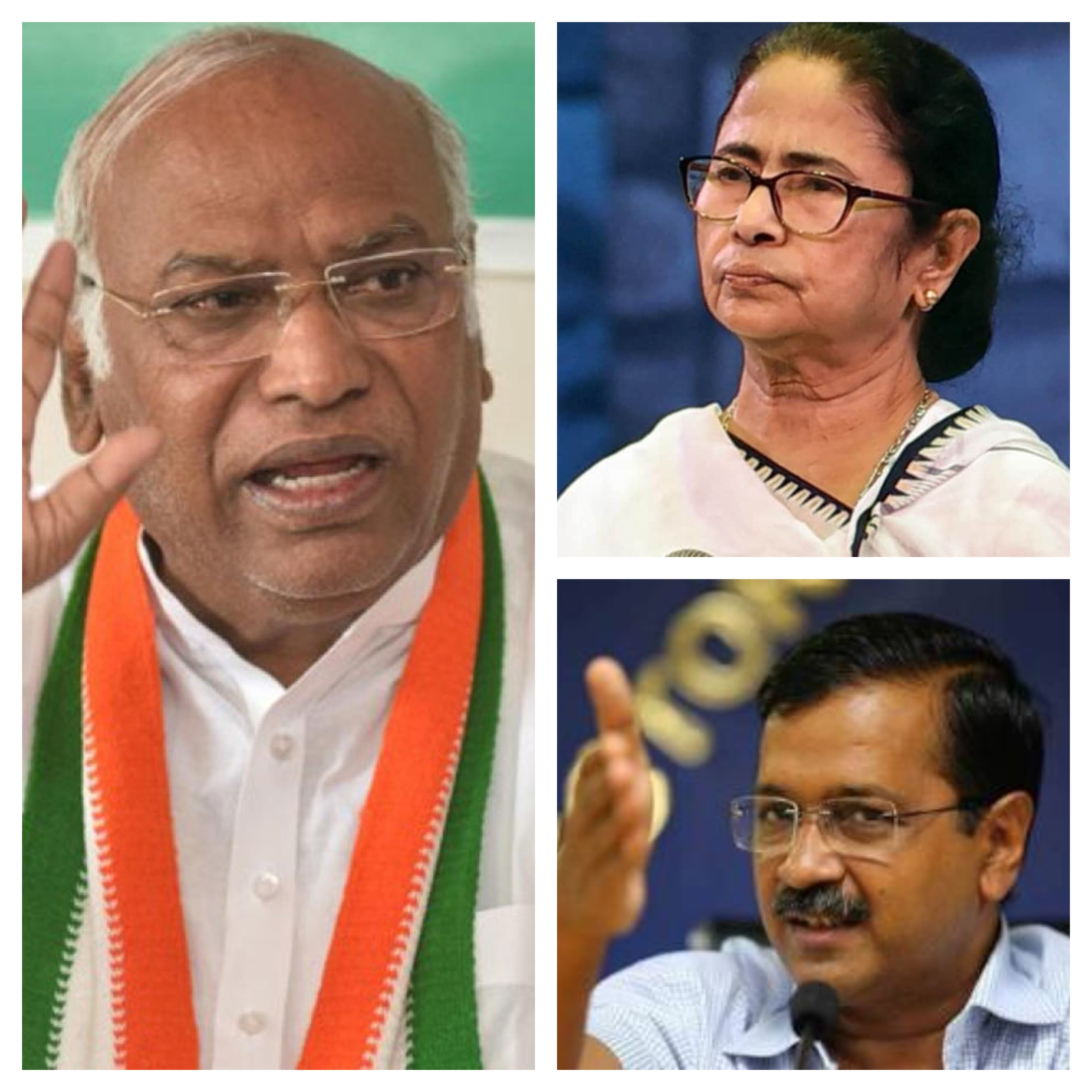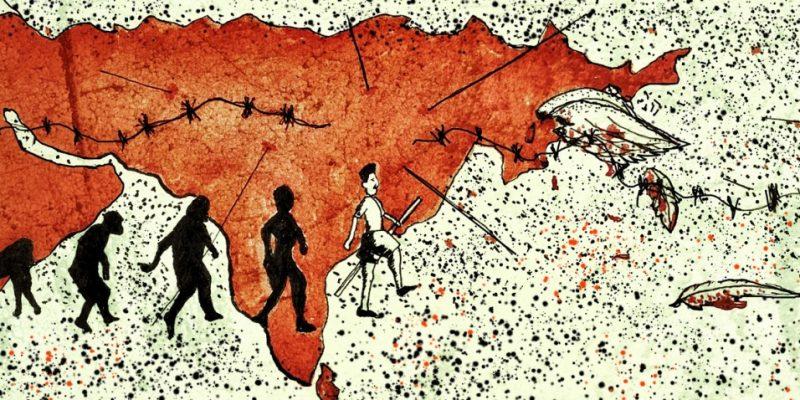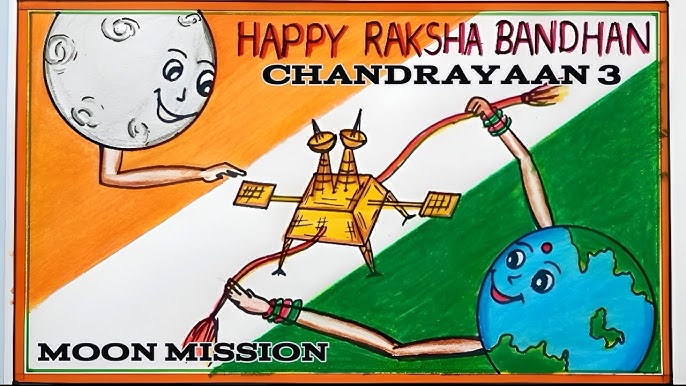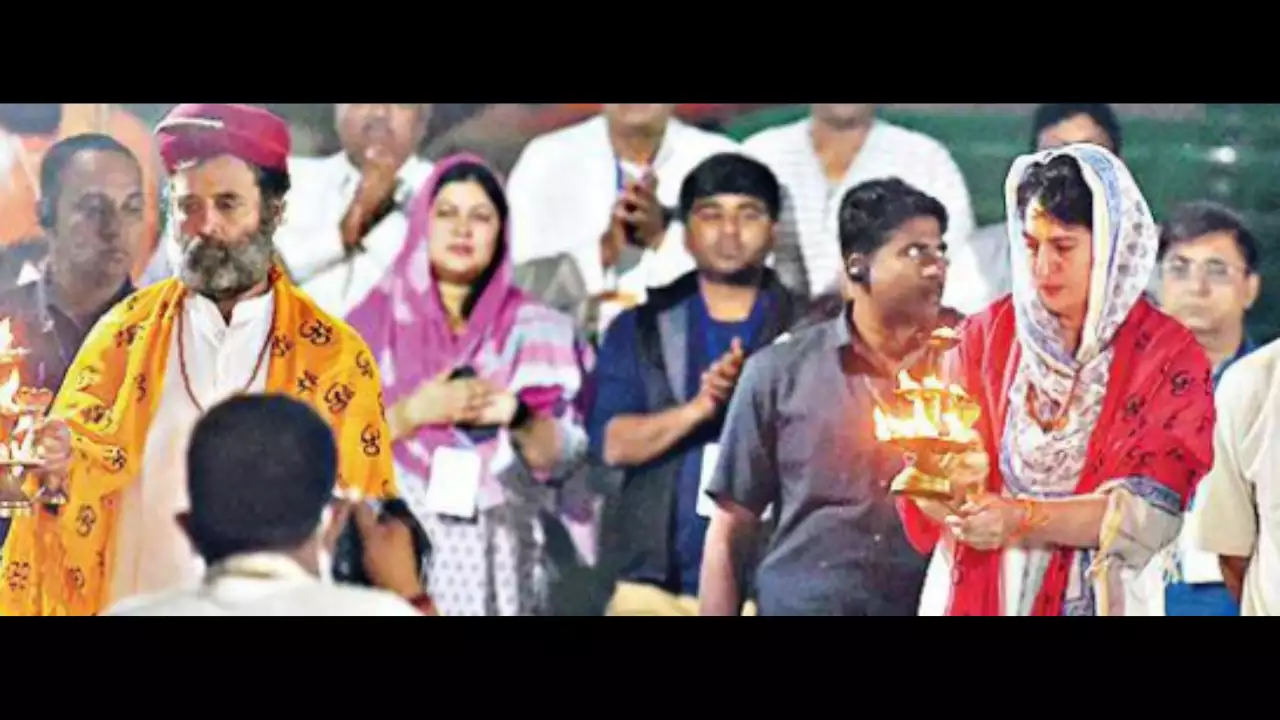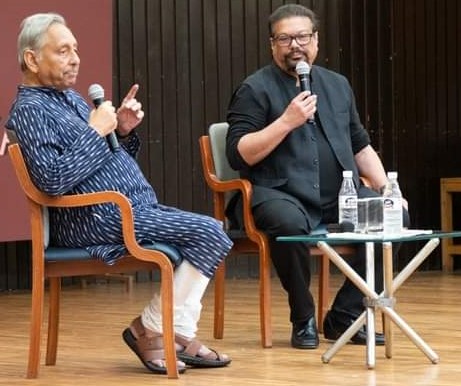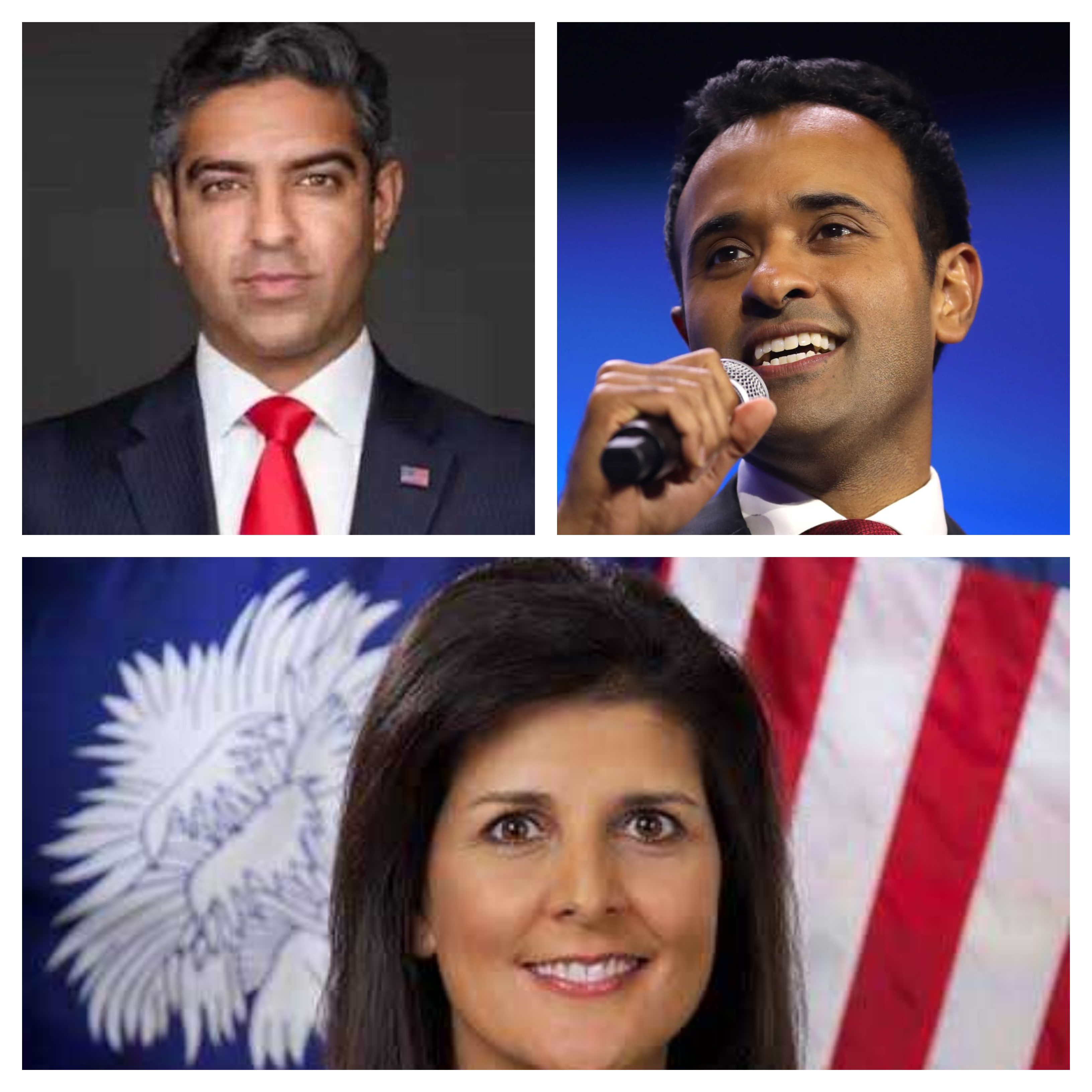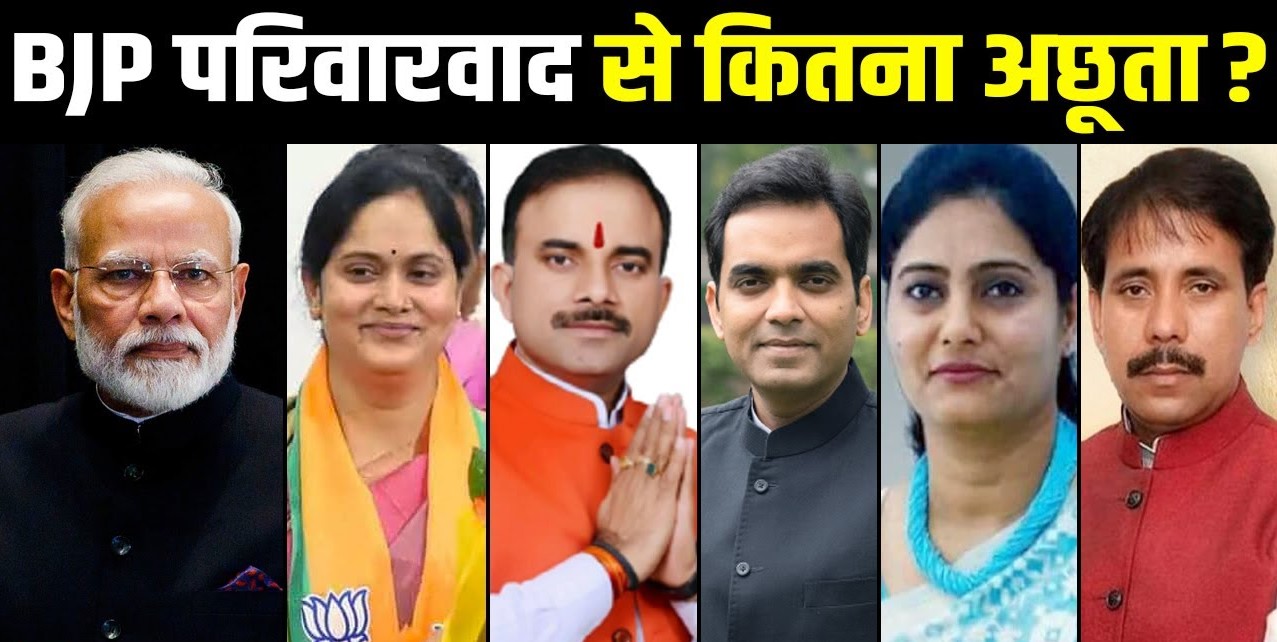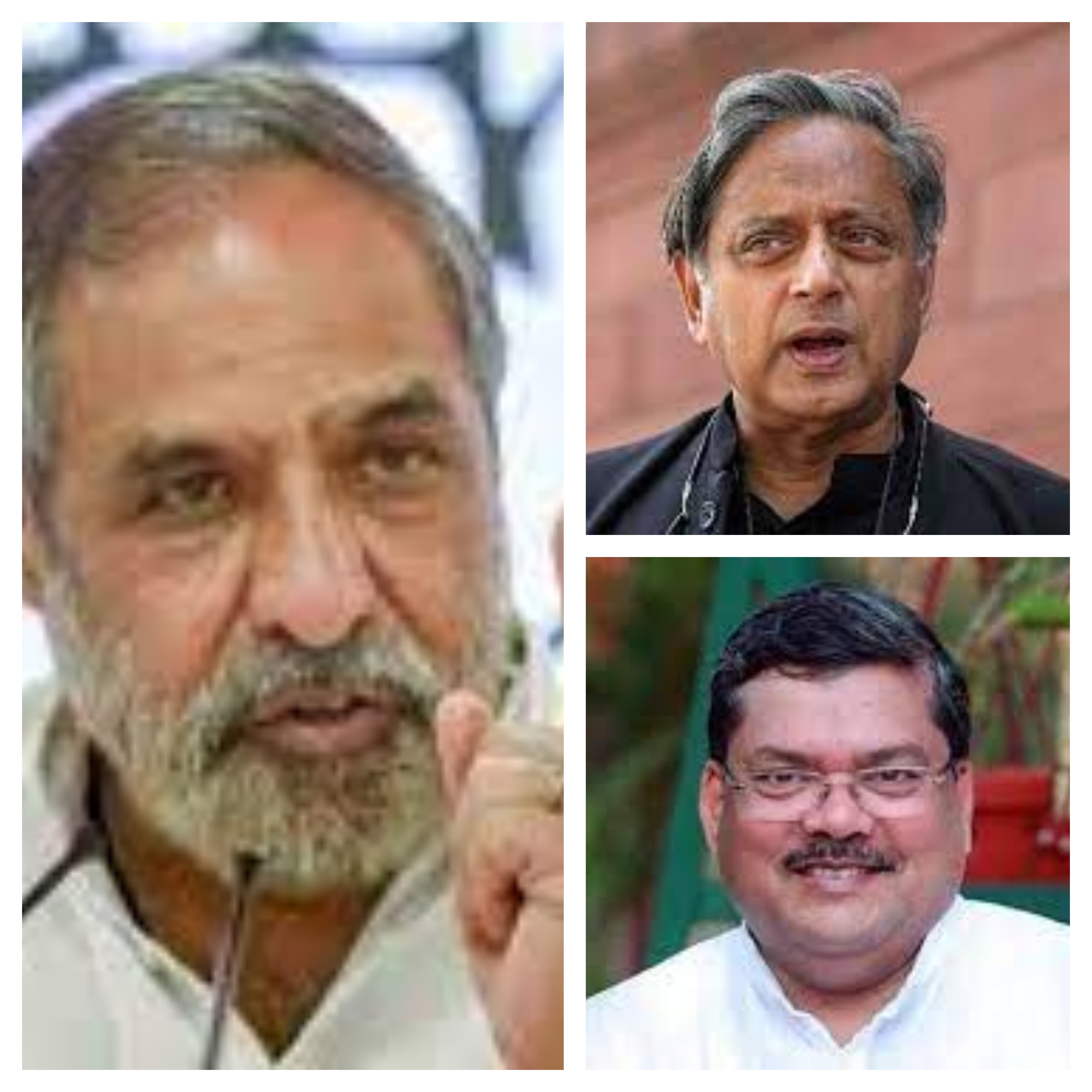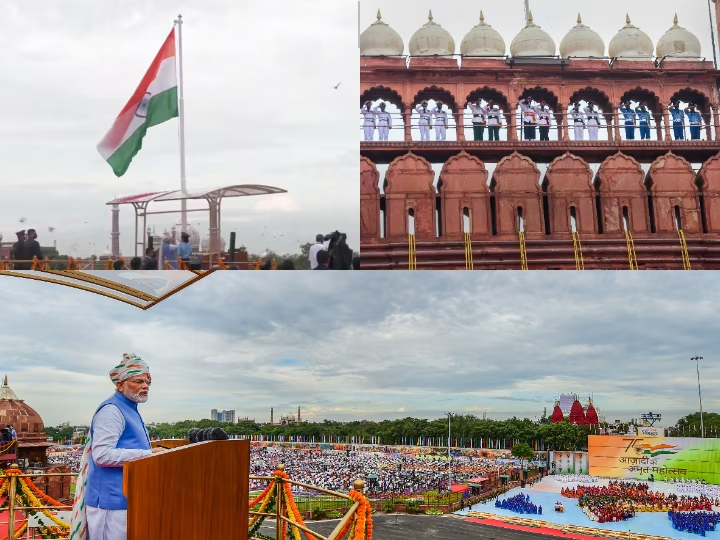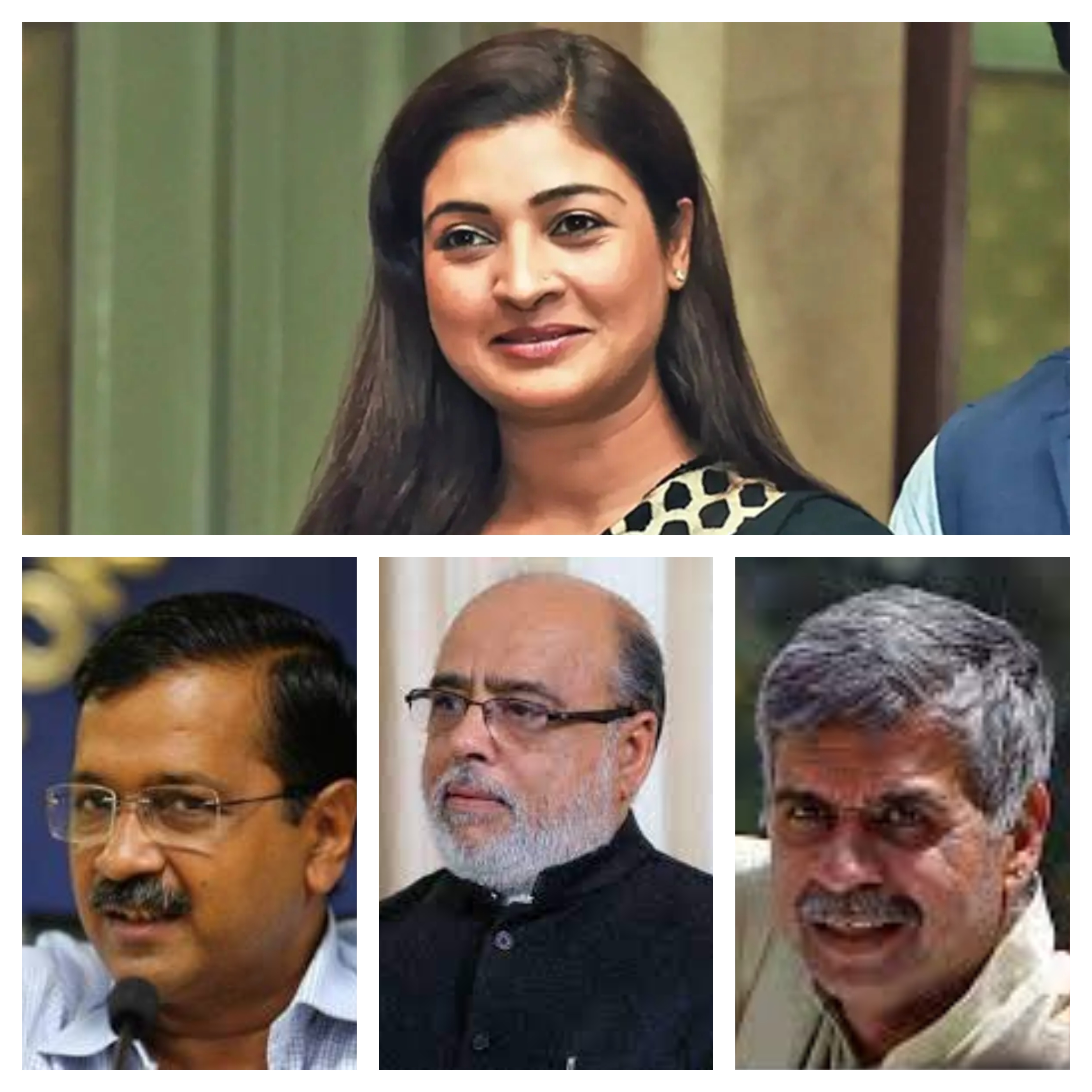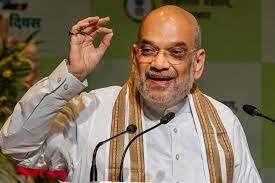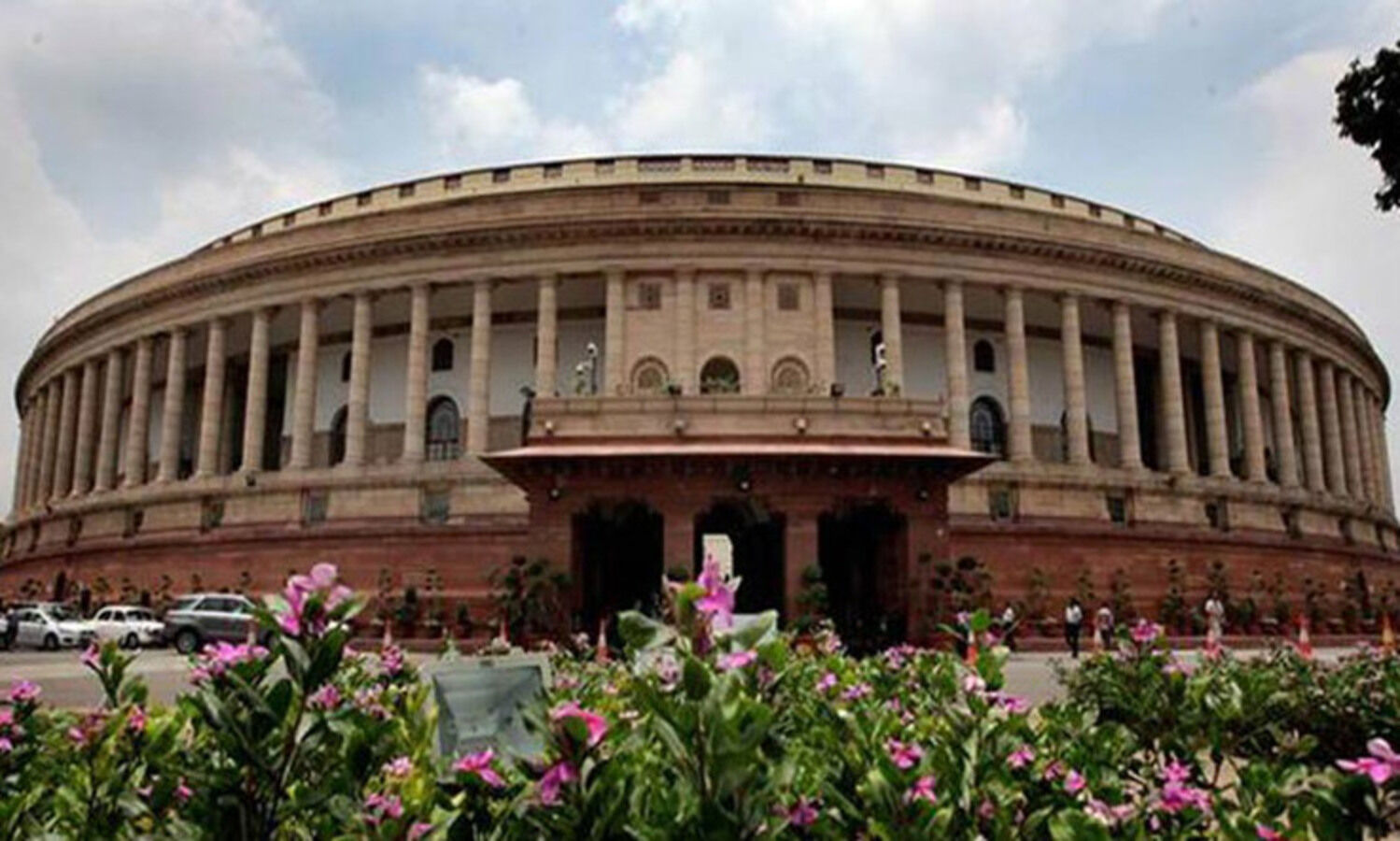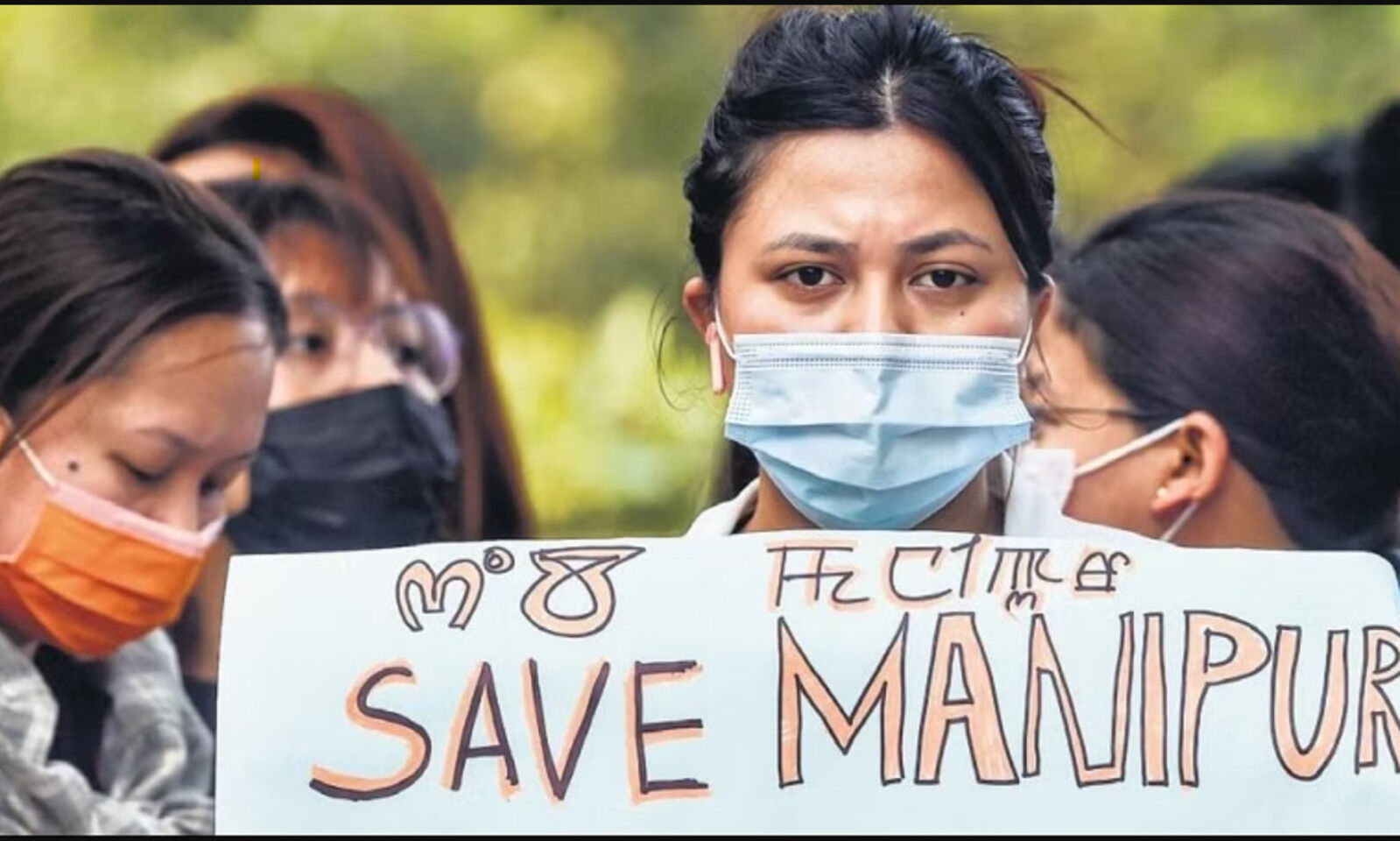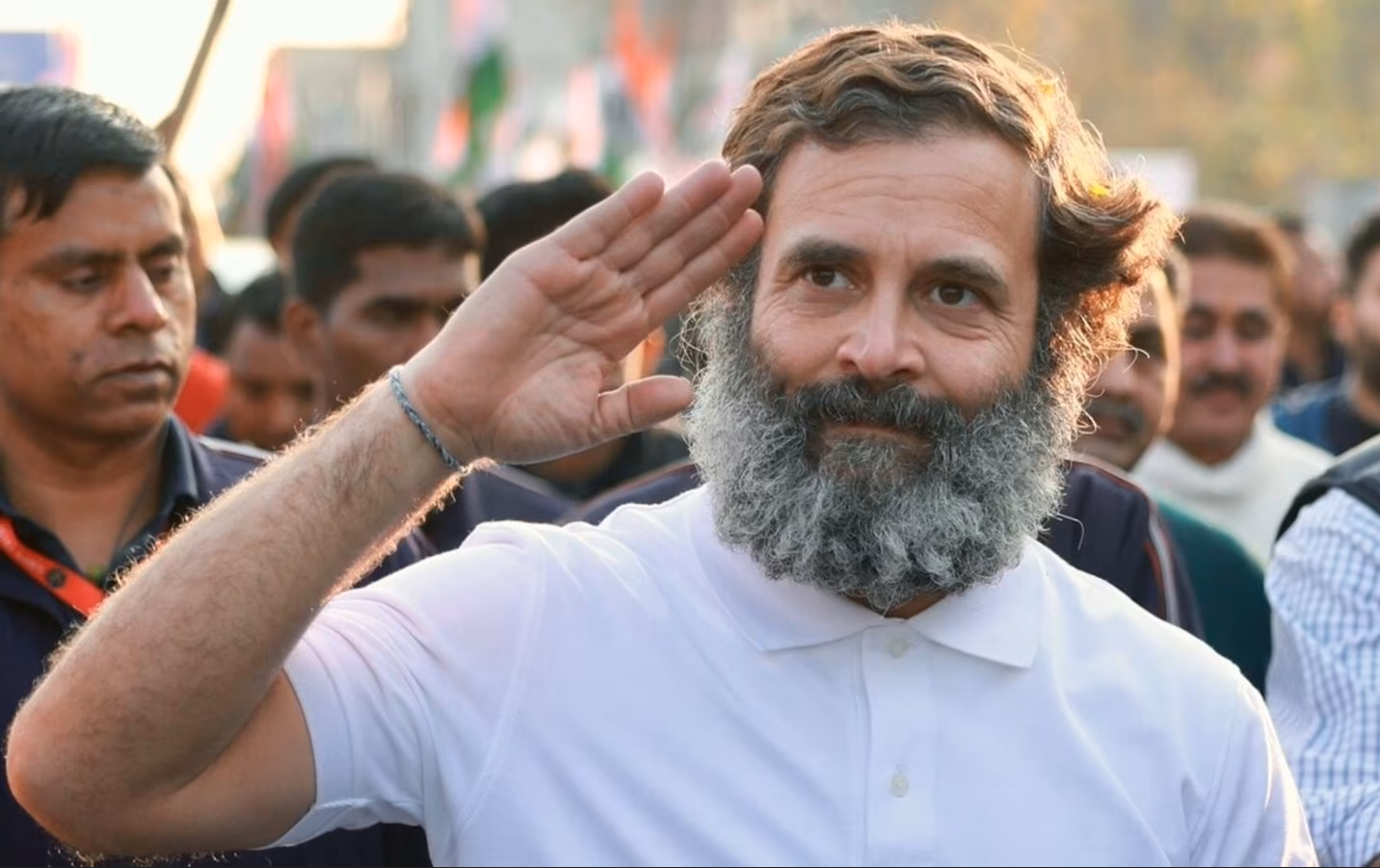16
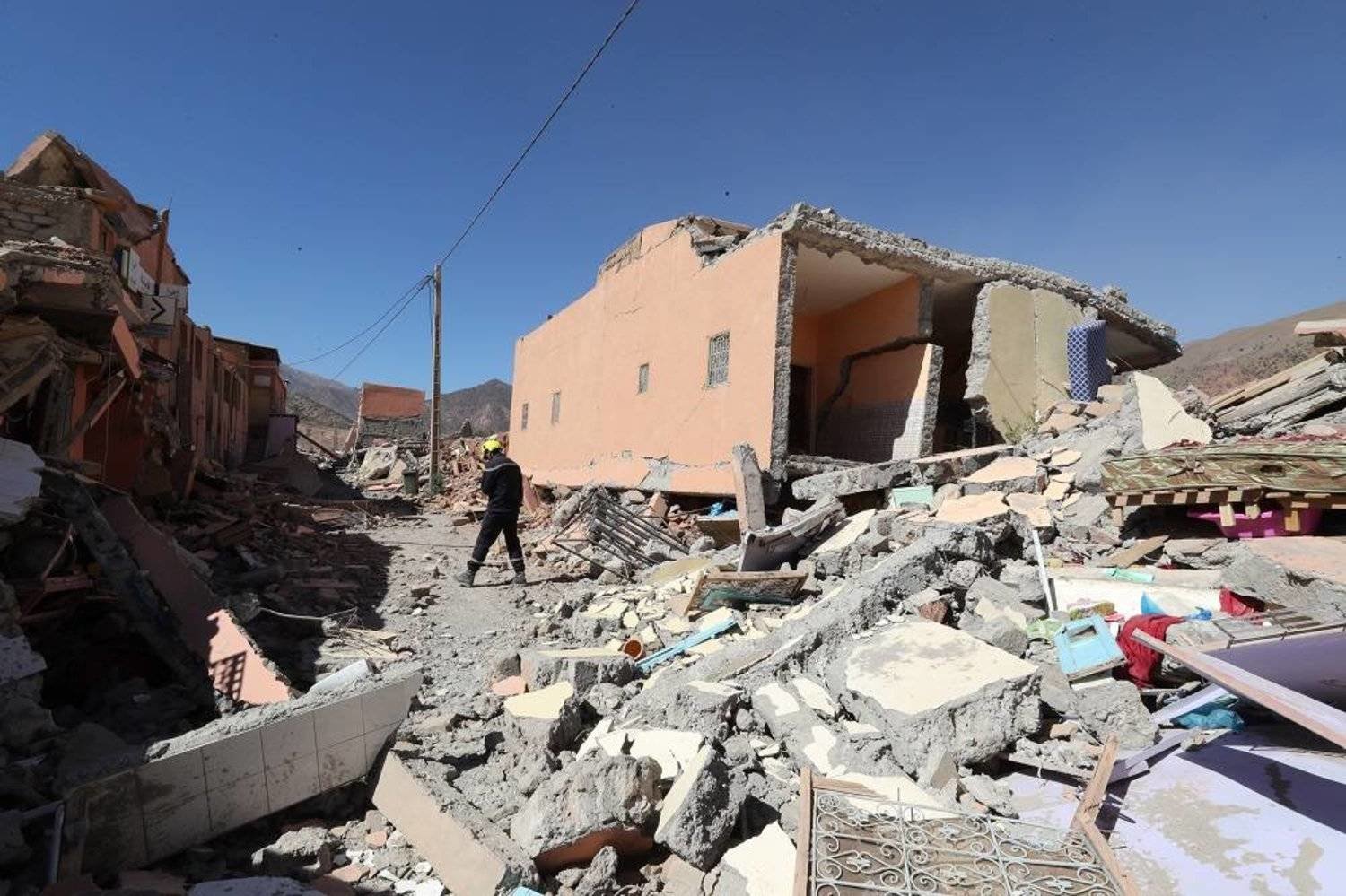
New Delhi, 16, October 2023
The disruptions led by war will spike geopolitical tensions and create turbulence for financial stability.
Shivaji Sarkar

Indian economic parameters are improving but would it be able to retain the 14-month high IIP growth and inflation under check amid the fires of Hamas-Israel war!
Global economy is under stress as it was getting used to the Ukraine war and even had stabilised oil prices. In a week oil prices, surged by 4 percent. If the oil prices increase by 10 percent, International Monetary Fund (IMF) says, global economic growth estimated to come down by 0.15 percent and global inflation will increase by 0.4 percent. The disruptions led by war will spike geopolitical tensions and create turbulence for financial stability.
This week the IMF raised India’s GDP growth forecast for to 6.3 percent from 6.1 percent amid prediction of world growth to slow down to 2.9 percent in 2024. It can be slower. Higher oil prices would also add about 0.2 percentage points to global inflation — holding it near 6 percent. It could force RBI to firm up interest rates as growth slows.
As a relief, in September, consumer prices (CPI) data fell to 5.2 percent from 6.83 percent in August and 7.44 percent in July. Industrial growth (IIP) reached a record 10.3 percent as manufacturing rises, capital goods rise by 12.6 percent and infra construction by 14.9 percent in August.
If global slowdown accentuates as it is now being reassessed, Indian growth may slump. Higher oil and other prices to impact price index.
India’s stock market is taking the hit daily. It means investment falling. India’s defence expenses likely to grow as it is the second largest importer of arms in the world, ahead of Egypt, Australia and China. The government says it has no other option but to arm itself against China, which continues to grow in military and economic power. Israeli exports to India is growing. The Indians are authorised by Israel to manufacture and export Israeli-designed drones and ammunition across South East Asia. It is believed that the laser systems currently being developed in Israel will eventually also reach India.
Figures are interesting. As Israel needs more arms, including drones, would it be able to continue its supplies to India? Its multiple security system Iron Dome itself has collapsed. The war in Ukraine helped it rake in high profits through sale of Israelis arms. Israel, 10th largest arms exporter, sold $9 billion last year, up from $8.3bn in 2020, amounting to three per cent of global military spending. Now these exports if hit for domestic Israel needs, possibly can change dimensions of Ukraine war.
Germany, France and the US will now have to maintain supplies to Ukraine. They may earn tons.
It’s not soothing for India. It calls for India upgrading its systems and have more expenses calling for higher tax revenue. India may have to review its own Rs 16000 crore defence exports, including Pinak and other missile systems. In FY2022-23, Indian merchandise exports to Israel amounted to $7.89 billion, while Israeli exports to India were $2.13 billion.
India also has substantial investments, including at Haifa port in Israel. According to data, the cumulative overseas direct investment from India during April 2000 to May 2023 was $383 million. Many Indian firms like TCS, State Bank of India, Jain Irrigation, Sun Pharma, Infosys, Tech Mahindra, Adani, and Wipro have acquisitions or investments in Israel.
India recently chalked out clever trade route plan to Middle East-Europe via Haifa, where Adani has large funding, through ship, rail, road involving UAE, Saudi Arabia, Israel, Greece. Would it succeed in the present melee?
Middle East Monitor says, the arms industry in Israel is harmed if there are no large-scale military operations against the Palestinians. The Israeli assaults on Palestinian civilians in the Gaza Strip in May 2021 got Israeli aviation industry conclude a deal with a country in Asia for military drones worth $200 million. In 2020, of all global investments on the internet, a third was directed to Israeli electronic companies. Israeli arms industry work with the support of the US and the EU, and establish near-normal relations with repressive and far-right regimes from Eastern Europe and Africa to Brazil. War benefits it.
That is not so with India. But Indians need to ponder over what the Nuvama Institutional Equities says, “The private sector accounts for 60–70% of India's total defence exports. The Israel-Hamas conflict, though a sad reality for the people of the region, presents lucrative growth opportunity for India's defence exports. The escalation of this war may create opportunities for India's defence companies in the near-to-medium term as Israel is likely to reach out to its allies (India, US, etc) to ensure ample stockpiles to fight the war”.
So if India is becoming tough arms exporter, the people need to rethink and reassess the situation whether it is heading for a jingoist country. Should a country head to become so just for the benefit of some arms racer and tougher preventive laws? Is that a profit or loss in social terms and Gandhian non-violent philosophy that it had been adhering to.
The insight by Nuvama is revealing. India may harm itself more if it gets into an arms-led economy. It warns, “While some companies exporting equipment to Israel may benefit, other players (both PSUs and private) which procure raw materials or have tie-ups with Israel Aerospace Industries, Elbit Systems or Rafael Advanced Systems, may go through a hard time” because Israeli priorities may lead to supply chain bottlenecks, execution delay and possible breach of agreements for Indian companies.
Bloomberg estimates that if the war is not stopped in a few days, in phases it can escalate to Lebanon-Syria having Iranian militias, and then to Iran verging into a larger global conflagration nearer India. Columbia Broadcasting expert Peter Armstrong says the dust may not settle in a year.
For India in all these cases, the direction could be the same, more expensive oil, higher inflation, and slower growth, the magnitude could be different. The wider the conflict, the more it becomes global rather than regional tougher for India.
Ends











































































































































































































































































































































































































































































































































































































































































































































































































































































































































































































































































































































































































































































































































































































































































































































